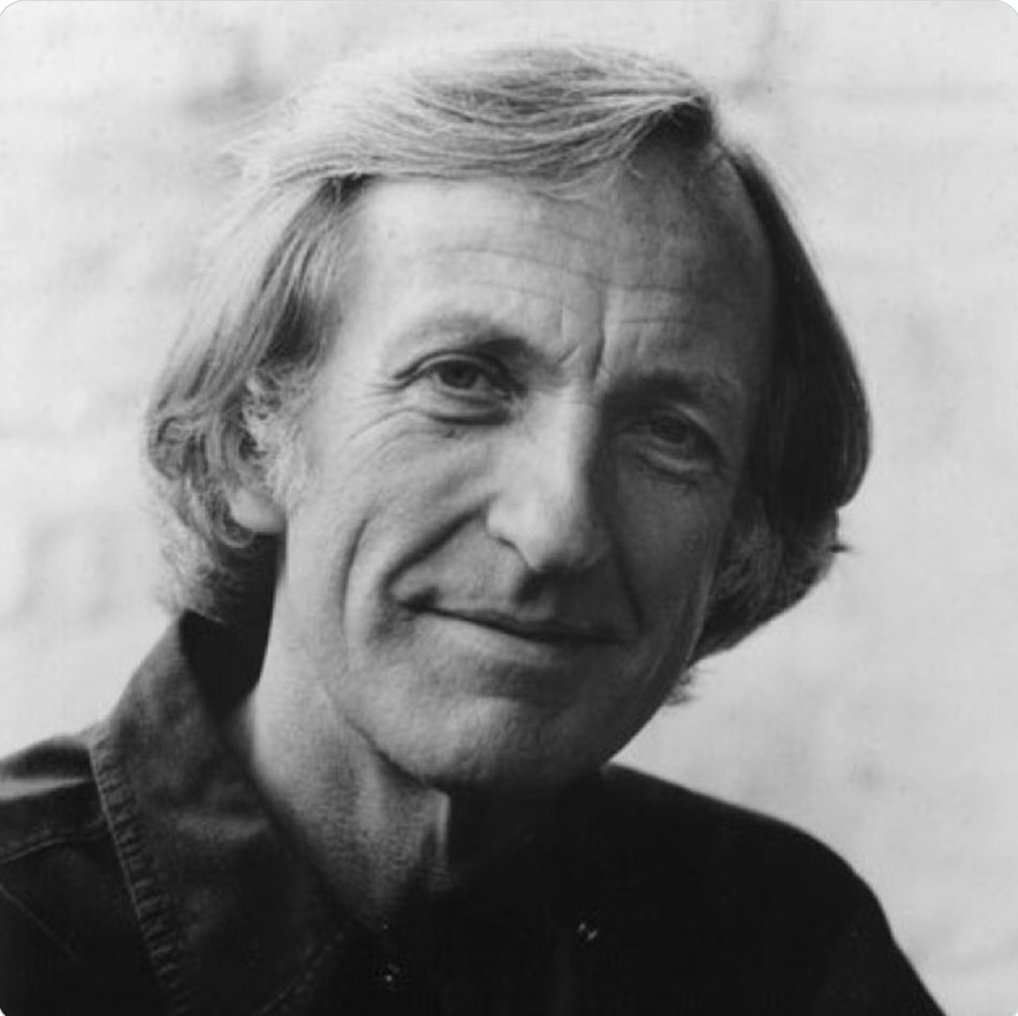One of my first jobs as a junior reporter was to meet flights bringing famous people to Australia. Growing up in a country far from everywhere (except, as my father would say, “where you come from”), I was led to believe that Australia’s honour was at risk unless a well-known person from Over There said something flattering about us, preferably the moment they arrived at Sydney airport. There was a designated list of attributes they could comment on. These were: the weather, the beaches, the harbour, the harbour bridge, the happy people, the beer. When an exhausted Elizabeth Taylor stepped off her piston-engined flight from California and faced the mandatory barrage of questions, she replied: “Where am I, for Christ’s sake?”
This was understandable but ill-advised. Readers of the Australian press were warned that Taylor and her accompanying husband Mike Todd, the Hollywood producer, were problem people who did not appreciate their good fortune in being among us. Todd’s “dwarf-like and grizzled” appearance and the size of the bags under his wife’s eyes became the subjects of particular tabloid scorn. Their stay was brief.
It was the first scheduled jet flight that drew us closer to the rest of humanity. This momentous occasion gave me my first front page story in the Sydney Daily Telegraph, which declared solemnly, “A new era in civil aviation has dawned…”. The inaugural aircraft was a Boeing 707 of the national airline Qantas, an acronym for Queensland and Northern Territory Aerial Services. Founded in the outback town of Winton, Queensland in 1920, Qantas is today the world’s oldest continuously operating airline and, along with the great cricketer Don Bradman and the Sydney Harbour Bridge, occupies a place in the nation’s affections. Most important, it is the only major international airline in the jet age never to have lost an aircraft in a fatal accident. Perhaps wary of holding such a distinction to fortune, Qantas advertising never mentions it.
In recent years, however, the safest airline has had close calls, including an Airbus A330 that went into a sudden dive in 2008 and injured up to 74 people, a Boeing 747 engine that blew up after leaving San Francisco in 2010 and a new A380 whose engine shattered over Singapore later that year. These, and a series of less serious incidents, have all happened since the airline was taken out of public ownership and handed to global banks. The largest shareholders include J P Morgan, HSBC and Citicorp, which are also among the top shareholders of Australia’s major banks and largest mining companies. The national airline, like the Australian economy, is mortgaged: the product of a bi-partisan political system dominated by rapacious business.
It was an article of faith that the world’s only island-continent, flanked by the two greatest oceans, needed a long-haul airline – until the asset-strippers took control. What followed is a cautionary, universal tale. Last October, without warning, the Qantas Chief executive, Alan Joyce, ordered the grounding of the airline’s global fleet. More than 68,000 passengers were stranded in 22 countries, and the entire Qantas workforce was locked out without pay. Joyce later admitted that tickets had been “mistakenly” sold for flights that Qantas management knew would never take off; the grounding had been planned well in advance.
This unprecedented action was the climax of a plan to crush the unions, Murdoch-style, and to take much of the company “off-shore” into Asia. A subsidiary airline based in Asia would employ fewer staff and pay them less, including pilots and engineers, in conditions once unknown to the world’s safest airline. For a decade, the company has been building wholly or partly owned domestic and regional airlines on this cut-price basis while closing Qantas routes.
The fleet grounding was presented in Australia’s mostly Murdoch-owned capital city press as the inevitable result of an intractable industrial dispute. In fact, the unions were negotiating with Qantas, and the domestic network was not in dispute at all – yet its workforce was also locked out without pay. As if on cue, Prime Minister Julia Gillard stepped in, using powers under the Labor government’s Thatcher-like industrial laws known as Fair Work Australia (FWA), which allow employers to lock out their employees without notice and requires none of the ballots and processes forced on unions.
Gillard ordered an emergency sitting of the FWA arbitration court which effectively ruled in favour of the company, cancelling the lock-out yet stopping the workforce from taking action against the coming destruction of their jobs. The Transport Workers’ Union offered only vocal resistance. As in Britain and America, the unions have long been tamed, co-opted and policed by their own leaderships. Gillard’s workplace relations minister is Bill Shorten, a former union boss whose political ambitions and boasts of close ties to business elites are highlighted in US diplomatic cables released by WikiLeaks.
The day before he announced the grounding and lock-out without pay, Joyce received a pay rise of 71 per cent pay. He now takes home A$5 million a year. Last year, Qantas recorded a before-tax profit of A$552 million, having doubled its net profit and increased its revenue. In February, the company announced that, as a result of a sharp fall in this year’s profits – caused, not surprisingly, by the grounding of the fleet and the consequential loss of business – it planned to cut 2,500 jobs, including maintenance engineers and pilots. The catch-22 caused barely a political ripple and Qantas management was congratulated in the media for its “courageous stand”. According to the Sydney Morning Herald, the loss of revenue is “a case study in Australia’s ability to cope with globalisation”. In a choice of words Qantas passengers might find unsettling, the paper said the airline had to “compete or die”.


